
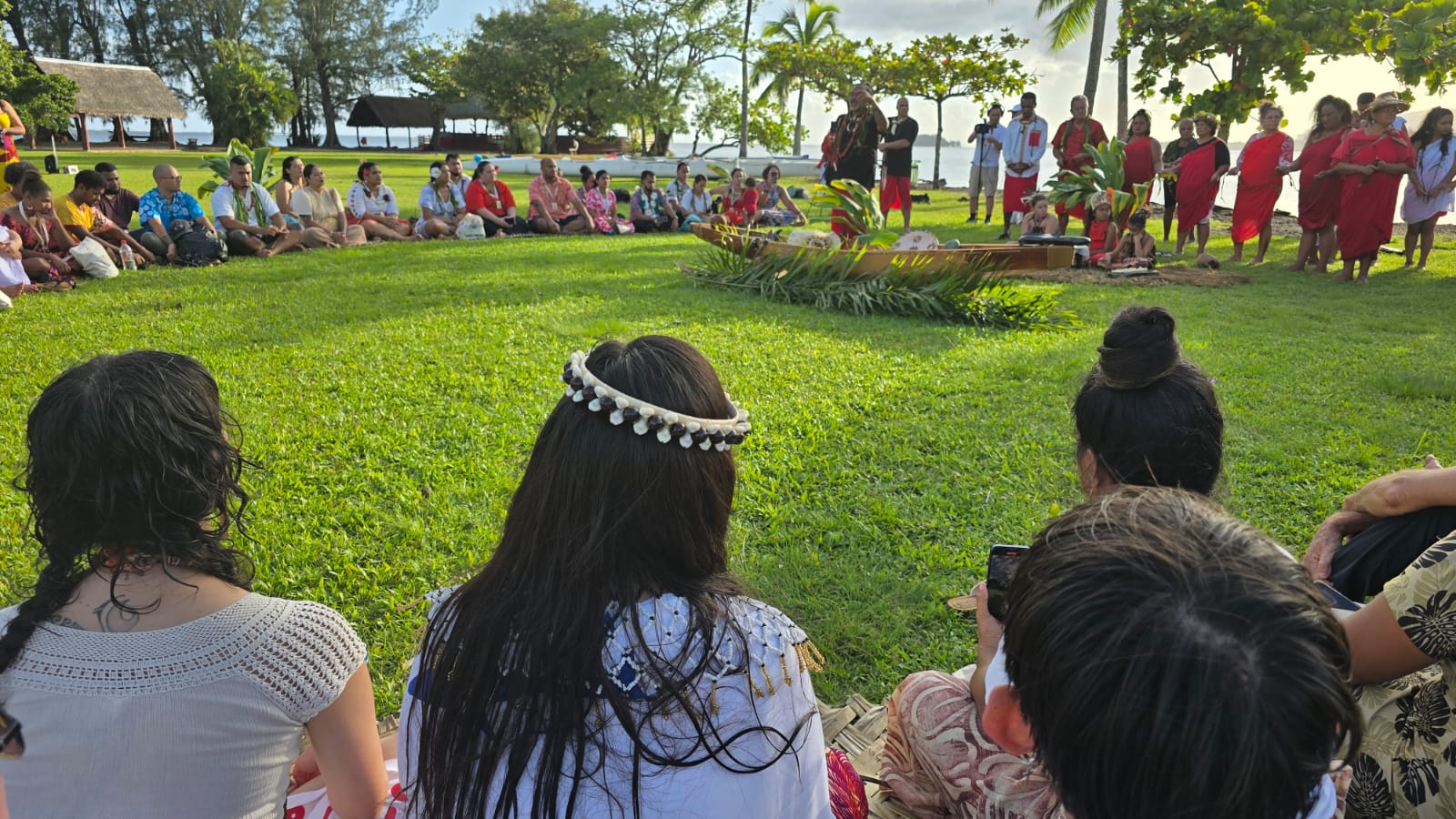
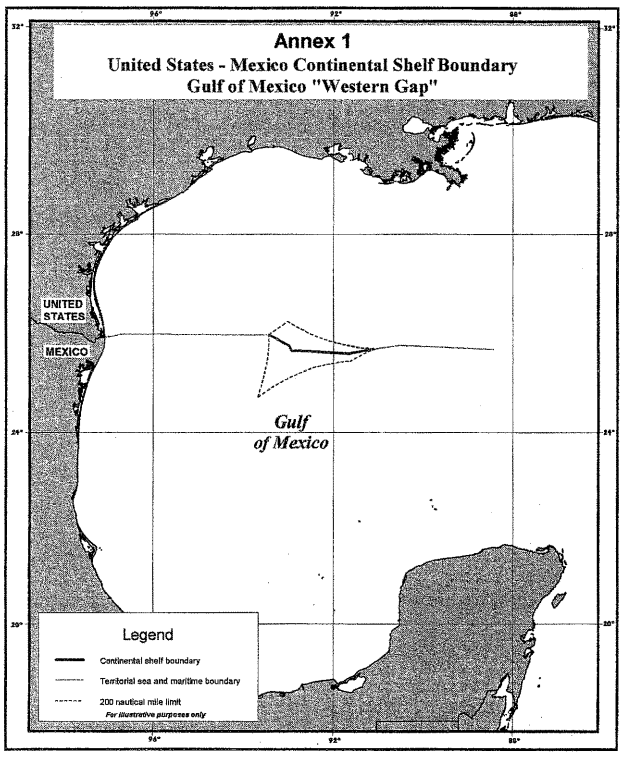
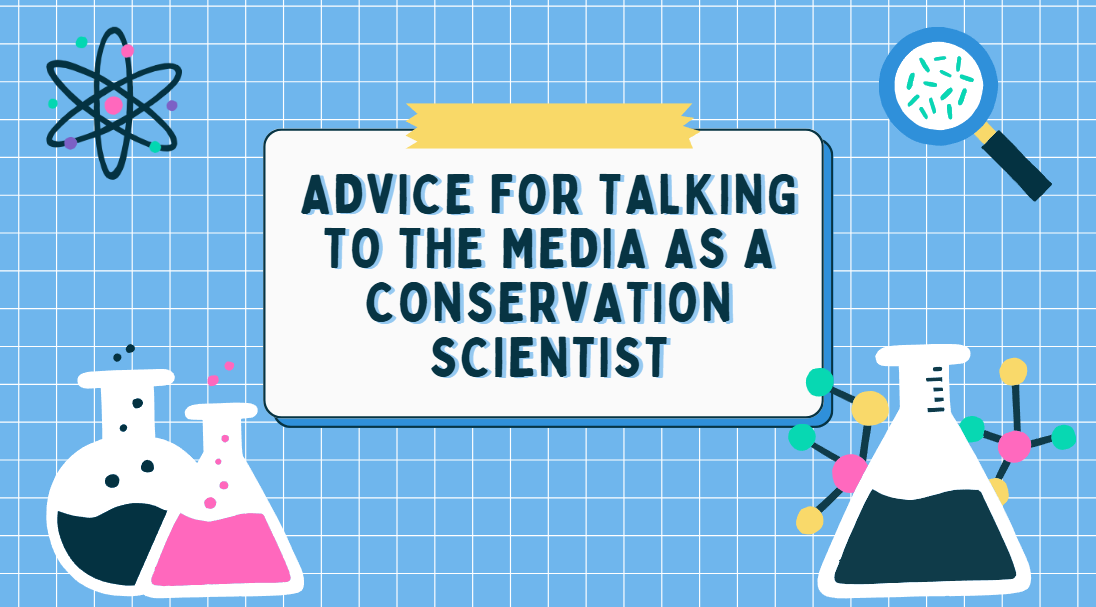
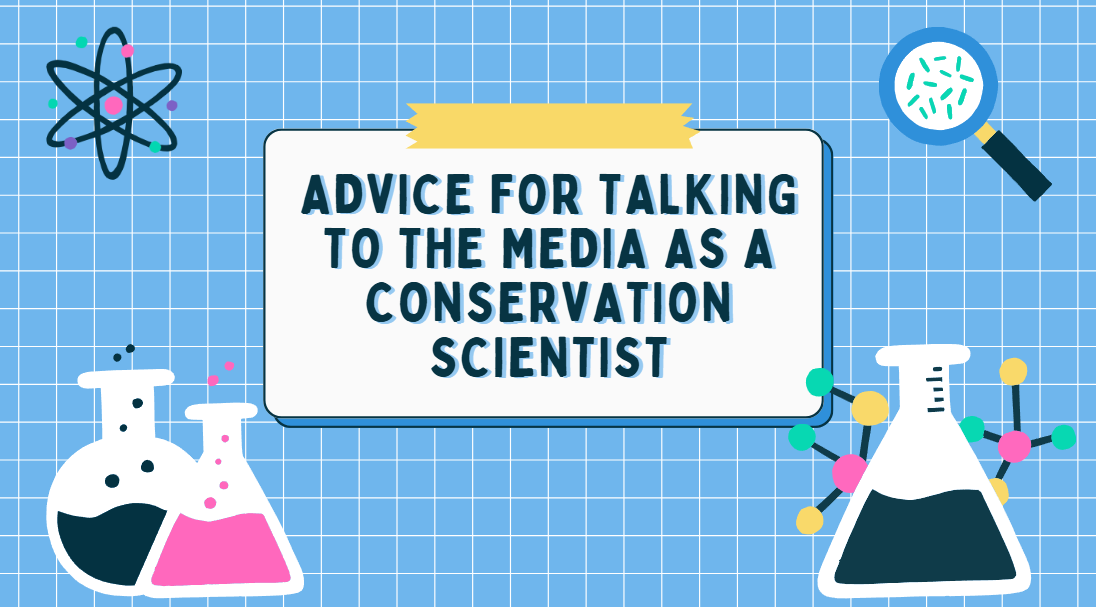
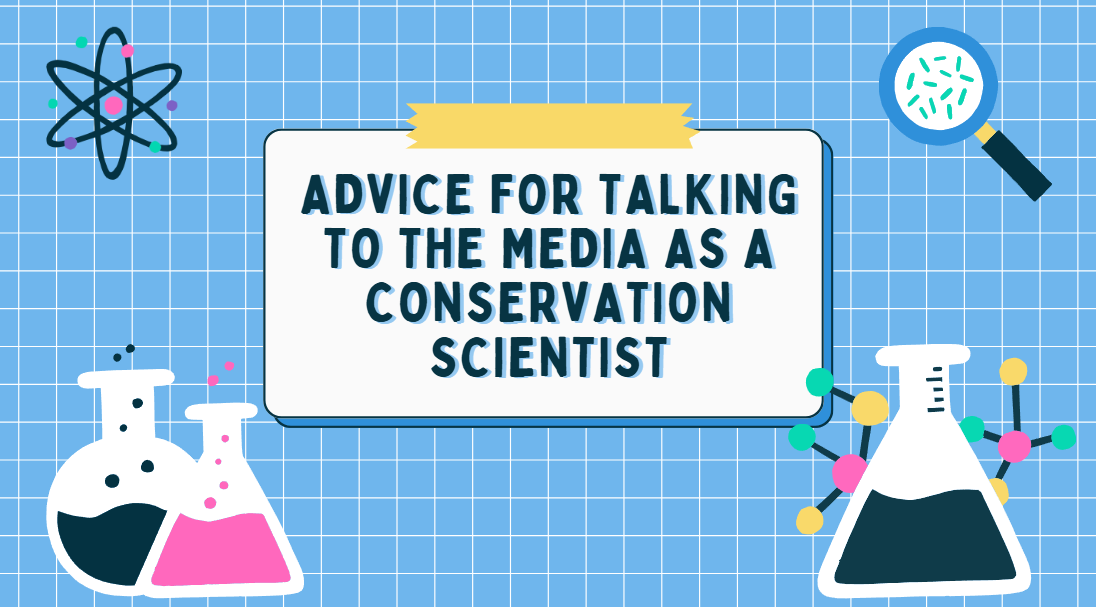
Over 15 years of ocean science and conservation online






Donald Trump opened an area of about 250 million acres of protected American waters to industrial fishing fleets on Thursday. This sets a very dangerous precedent that our public lands and waters are for sale to the highest bidder. I know that we’re all exhausted from the onslaught of daily outrages by the Trump administration. … Read More “5 things you can do if you’re pissed off about the latest Trump EO” »
That’s me on the day the Pacific Remote Islands (Pacific Islands Heritage) marine national monument was designated in 2009. I’ve been working in communities on these protected areas for nearly 20 years.
Between the ramp up in deep-sea mining and the publication of my Jabberwock adventure, I did a lot of podcasts this quarter. Listen to some of my favorite interviews, below. Deep-sea mining keeps heating up. I joined Hopkins Public Health on Call to talk about the current state of deep-sea mining and what the future … Read More “Deep-sea mining, forest ecology, and Dungeons & Dragons: all the podcasts I’ve been on this quarter” »
Blogging never dies! For over 17 years, Southern Fried Science has been writing about the oceans from the perspective of working scientists and policy experts. Along the way, we’ve seen hundreds of great ocean blogs come and go, coalesce and expand, move and change and evolve. Some of you are now podcasters. Others are going … Read More “Ocean Science Blogger Roll Call!” »
Opening ceremony of Tiaki Moana in Tahiti, French Polynesia.

Many environmental scientists understand that there is value in communicating about their work through the media, as publicity can help raise public awareness of a conservation threat and help build support for a policy solution. Most training material focuses on how to craft and deliver effective messages. However, this is only part of the skillset … Read More “Advice for talking to the media as a conservation scientist: Part 4, common issues and their solutions” »
The deep-sea mining world was thrown a curveball last week when, as the spring session of the International Seabed Authority came to a close, the Metals Company, one of several commercial ventures seeking permission to mine polymetallic nodules in the Clipperton-Clarion Zone, announced that they would seek permission to mine directly from the United States, … Read More “The Metals Company has a Jones Act Problem” »
Many environmental scientists understand that there is value in communicating about their work through the media, as publicity can help raise public awareness of a conservation threat and help build support for a policy solution. Most training material focuses on how to craft and deliver effective messages. However, this is only part of the skillset … Read More “Advice for talking to the media as a conservation scientist: Part 3, the press release” »
By David Shiffman and Brett Favaro. Many environmental scientists understand that there is value in communicating about their work through the media, as publicity can help raise public awareness of a conservation threat and help build support for a policy solution. Most training material focuses on how to craft and deliver effective messages. However, this is only … Read More “Advice for talking to the media as a conservation scientist: Part 2, mechanics of the interview” »
By David Shiffman and Brett Favaro. Many environmental scientists understand that there is value in communicating about their work through the media, as publicity can help raise public awareness of a conservation threat and help build support for a policy solution. Most training material focuses on how to craft and deliver effective messages. However, this … Read More “Advice for talking to the media as a conservation scientist: Part 1” »